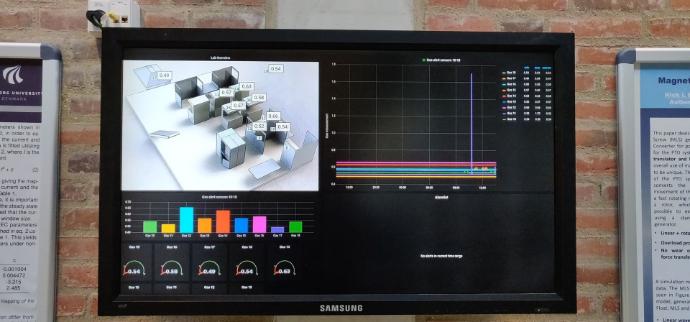Why an additional safety layer?
Traditional systems (SIS, interlocks, alarms) are reliable but siloed. Valuable context is often spread across historians, SCADA, CCTV, and manual logs.
Signal fusion
Correlate process values with vision and access control to validate alarms and reduce false positives.
Contextual vision
Use on‑premise models for PPE detection, occupancy, and hazard cues—without sending images to external clouds.
Faster response
Route the right evidence to the right people with SOP checklists, PA/GA prompts, and control room integrations.
Capabilities
Integrations
- SCADA/PLC and historians
- CCTV/VMS, thermal cameras
- Access control systems
- LIMS/ELN, incident logs
- PA/GA, email/SMS, Teams/Slack
Detection & reasoning
- PPE compliance, zone entry
- Spill/smoke/steam cues
- Anomaly detection on tags
- Alarm validation
Response orchestration
- Role‑aware notifications
- Stepwise SOPs
- Control room overlays
- Post‑incident review
Case: Enhanced safety in an advanced fuel cell laboratory

Continuous monitoring of hydrogen (H₂) and carbon monoxide (CO) augments traditional lab safety systems. The safety layer fuses sensor data, visualization, and procedures to detect hazards early and coordinate responses.
Why hydrogen and CO monitoring is critical
- Hydrogen: odorless, highly flammable; small leaks can reach the LEL in confined spaces.
- Carbon monoxide: toxic at low concentrations; can arise from faulty processing or incomplete reforming.
How the advanced layer enhances safety
- Multi-source fusion: correlates readings across zones for a 3D spatial view of concentration.
- Trend analysis: highlights slow drifts and spikes to catch leaks or malfunction early.
- Alarm validation: cross-checks with ventilation and occupancy to reduce nuisance alarms.
- Rapid response: converts raw ppm data into clear KPIs and opens the correct SOP checklist.
Safety gains
- Prevents ignition by acting before H₂ reaches the LEL.
- Protects personnel from silent CO exposure.
- Links detections to ventilation control, notifications, and evacuation prompts.
- Creates audit-ready traces for incident review and compliance.
Outcome: A safer work environment with fewer false alarms and faster,
evidence-based decisions during abnormal events.
Contact
Implementation checklist
- Inventory cameras, PLCs, and data sources
- Define monitored zones
- Select use cases
- Decide on deployment model
- Run a pilot with metrics